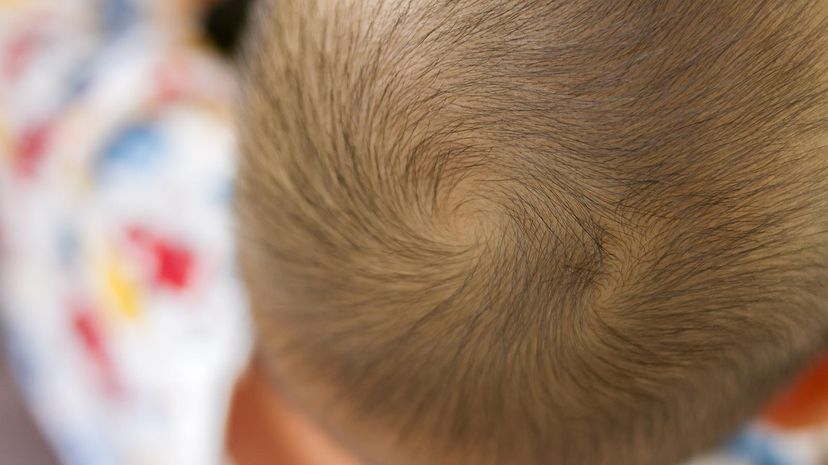A cowlick is a small portion of hair that grows in the opposite direction of the hair around it.
Often taking the appearance of a small spiral pattern, this hair whorl gets its name from the way that mother cows lick the coats of their young. The result is a calf with a distinctive set of spiral-shaped tufts where they've been licked: endearing in the barnyard, yes, but not something you want to deal with in your daily life as a human.
Unfortunately, cowlicks are often found at the front hairline, especially near the middle of the forehead. This means they're likely to be visible, especially to you when you look in the mirror and inspect your coiffure. They are also commonly found near the crown area of the head. Sometimes the hair stands straight up, which can drive the owner of the hair a little crazy.
Cowlicks are incredibly common, although many factors influence their prominence, their visibility and your ability to disguise or tame them. If you have a cowlick, you're far from being alone, both today and throughout human history.
